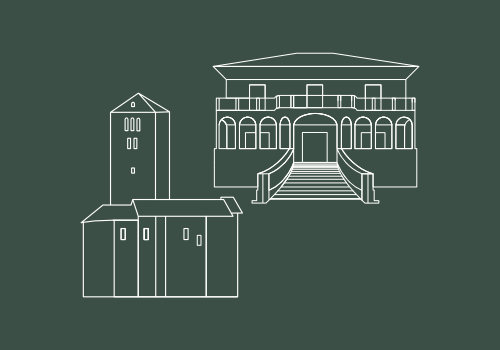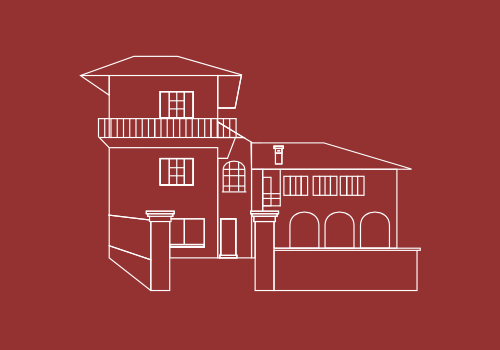Remorino

The Remorino river (riale dei mulini) runs through an area used for farming until the middle of the last century. Its current was harnessed to provide a source of power. The area underwent radical transformation with the construction of residential buildings and major public works, including the cemetery built in 1969, the municipal waste collection center, a parking lot, the doubling of the rail tracks and the railway station which opened in 2023.
Steam locomotive in Minusio, Archivio storico Garbani
Work on the railway was much sought after and one of the first jobs to provide a steady wage and pension. The shifts also meant workers could continue earning secondary income from fishing, farming or handicrafts. German was widely used on the railways and influenced the local dialect in which ‘frikart’ was the term used for ‘freie Karte’, a ticket permitting free travel throughout Switzerland. The expression ‘muss l’è muss’ – meaning an order that simply had to be followed – came from the German verb ‘müssen’ (to have to).
1874 – Official opening of the Bellinzona–Locarno line
The first railway between Bellinzona and Locarno was opened in 1874. Staff were given quinine lozenges because they had to pass through the Magadino Valley where malaria was still rife. After lengthy discussions between Mappo, Gordola and Tenero, a decision was eventually reached to build a complete station in Tenero, but which would be called ‘Gordola-Verzasca’.
The first railway between Bellinzona and Locarno was opened in 1874. Staff were given quinine lozenges because they had to pass through the Magadino Valley where malaria was still rife. After lengthy discussions between Mappo, Gordola and Tenero, a decision was eventually reached to build a complete station in Tenero, but which would be called ‘Gordola-Verzasca’.
The Zaro fish farm in the 1950’s, Centro di dialettologia e di etnografia, Fondo Giovanni Bianconi
The Zaro fish were farmed in large tanks and sold in a shop in Locarno’s historic centre. The ‘Ecocentro Remorino’, the main municipal waste collection center, was built on this land.
2023 – ‘Next stop Minusio’
After seeing trains pass by without stopping for almost 150 years, Minusio finally got its own station too! On 5 December 2023, the new TILO stop was officially opened. It provides a gateway to the lake and an opportunity to implement new projects in a much-valued part of the municipality.
After seeing trains pass by without stopping for almost 150 years, Minusio finally got its own station too! On 5 December 2023, the new TILO stop was officially opened. It provides a gateway to the lake and an opportunity to implement new projects in a much-valued part of the municipality.

Mulberry (Morus nigra / Morus alba)
The mulberry originates from Western Asia. There are still mulberry bushes scattered around the land which hark back to a time when their leaves provided food for silkworms bred by local families as a source of income. The plant’s name in dialect ‘Morôn’ comes from ‘grossa mora’, meaning big blackberry.




















